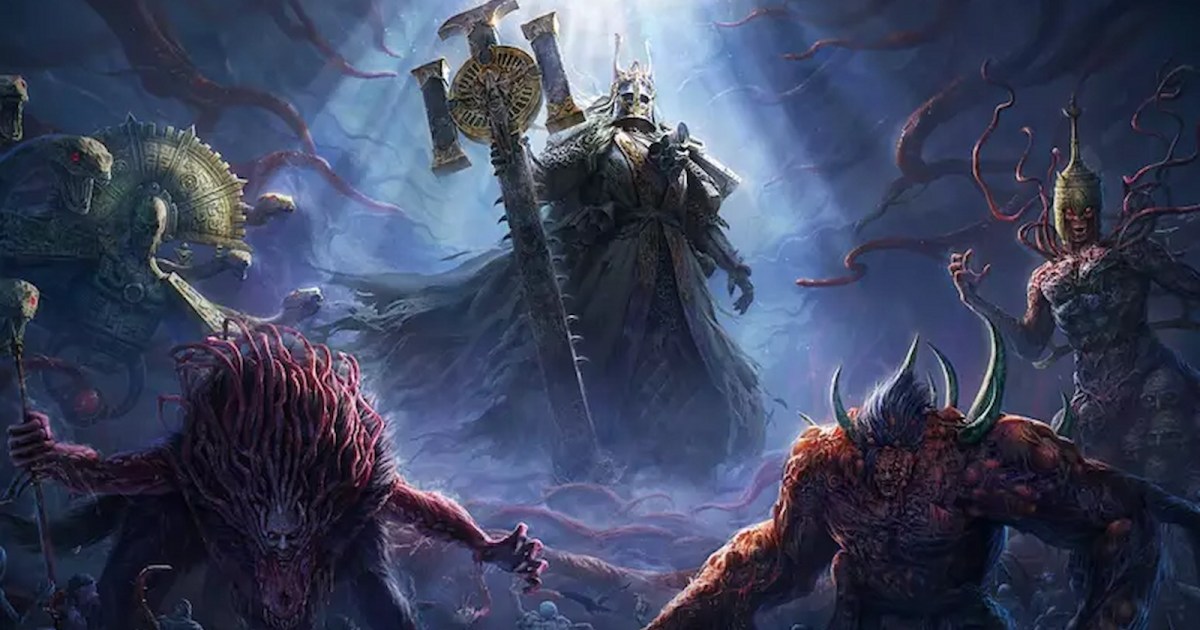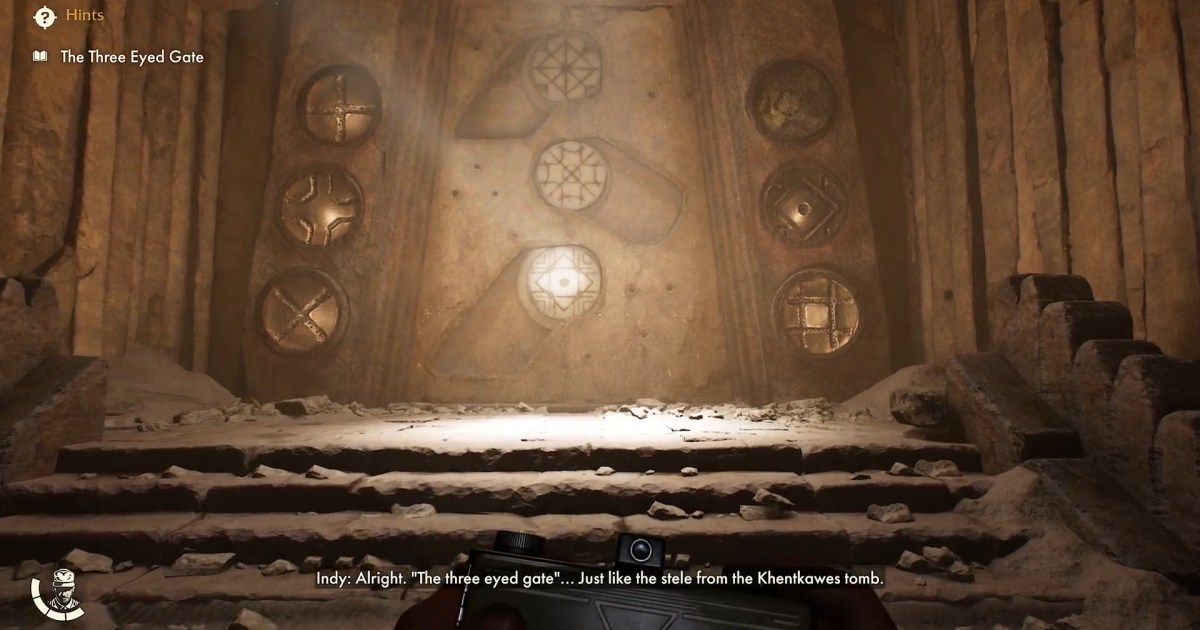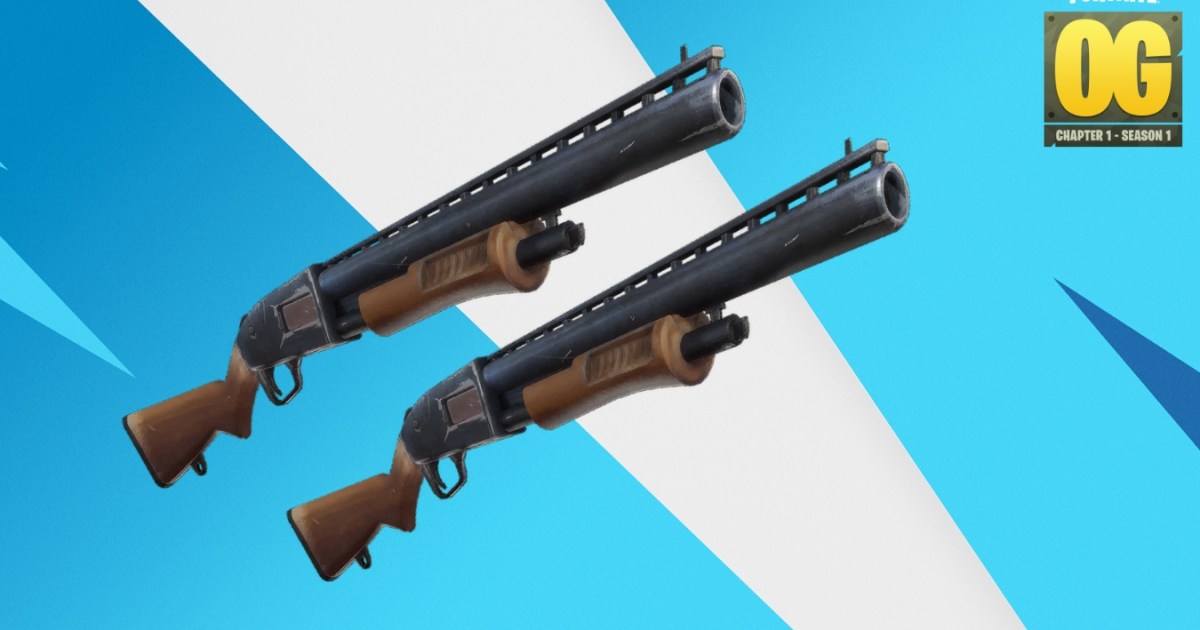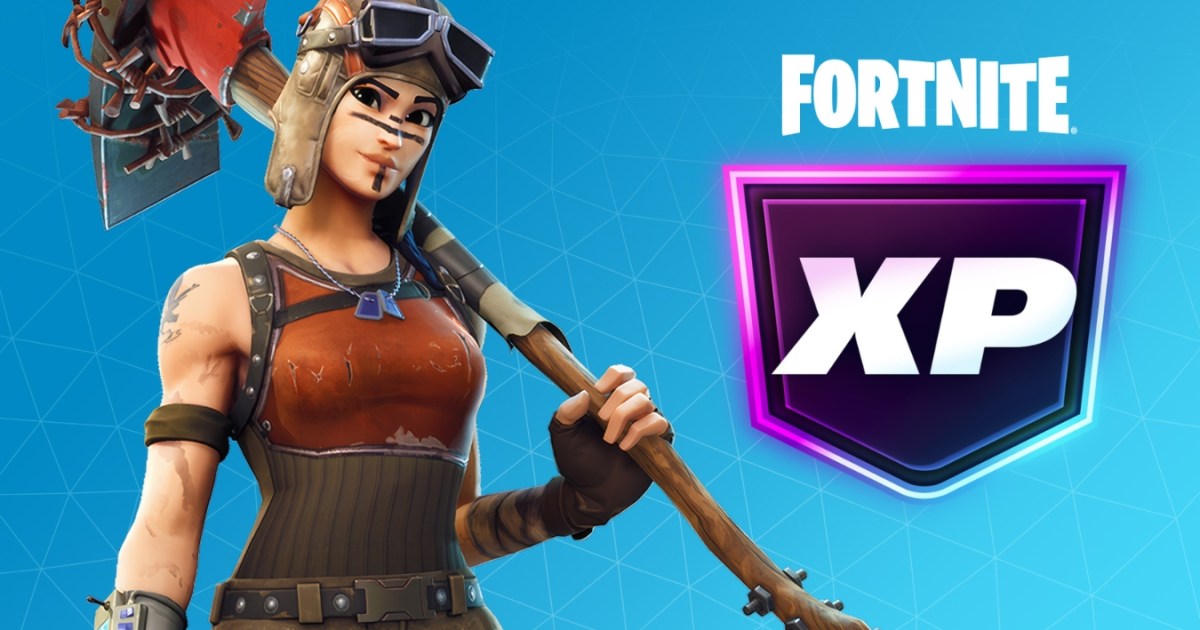Path of Exile 2 presents a challenging but rewarding action RPG experience. Launched in Early Access on December 6th, this dark fantasy sequel offers a complex world to explore, deep character customization, and intense combat. This guide provides essential tips and tricks to help new players navigate Wraeclast and survive its many dangers.
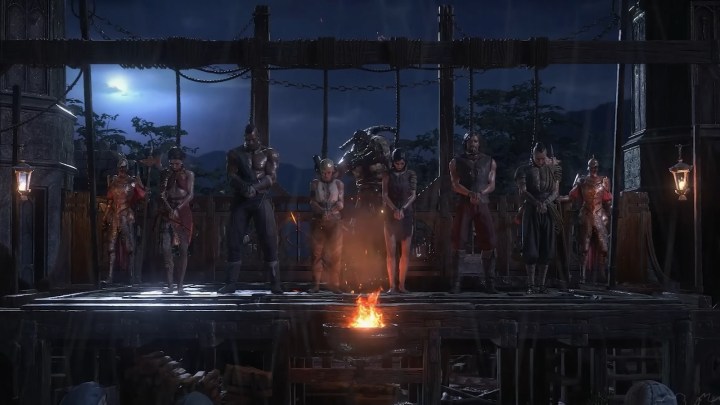 All class characters on the gallows in Path of Exile 2.Choosing your character class is the first step in your Wraeclast adventure.
All class characters on the gallows in Path of Exile 2.Choosing your character class is the first step in your Wraeclast adventure.
Class Selection and Ascendencies
Your journey begins with choosing one of six available classes, each with distinct playstyles and strengths. This choice is permanent for your character, so careful consideration is recommended. The initial classes include Mercenary (Dexterity/Strength, Crossbows), Sorceress (Intelligence, Staves/Wands), Ranger (Dexterity, Bows), Warrior (Strength, Maces/Clubs), Witch (Intelligence, Staves/Wands), and Monk (Dexterity/Intelligence, Quarterstaves). Six additional classes (Huntress, Druid, Shadow, Templar, Marauder, and Duelist) will be added after Early Access.
Upon completing your first trial, you’ll choose an Ascendency Class, a subclass that further specializes your build. Each class has two Ascendency options. For example, the Mercenary can become a Witch Hunter, focusing on eliminating magic users, or a Gemling Legionnaire, gaining enhanced skills and abilities. The Sorceress can choose between the elemental storm-wielding Stormweaver or the time-manipulating Chronomancer. The Ranger offers the projectile-focused Deadeye and the poison-wielding Pathfinder. The Warrior can be a durable Titan or an armor-shredding Warbringer. The Witch can become a life-stealing Blood Mage or a fire-wielding Infernalist. Finally, the Monk can choose the elementally-charged Invoker or the shadowy Acolyte of Chayula.
Mastering Skills and Passives
Path of Exile 2 offers a vast array of active and passive skills. Active skills are equipped to your hotbar, while passive skills are unlocked through a complex skill tree. Don’t be intimidated by the skill tree’s size. Focus on nearby branches and their associated improvements. For instance, a branch focused on minion damage will clearly enhance your summoner build.
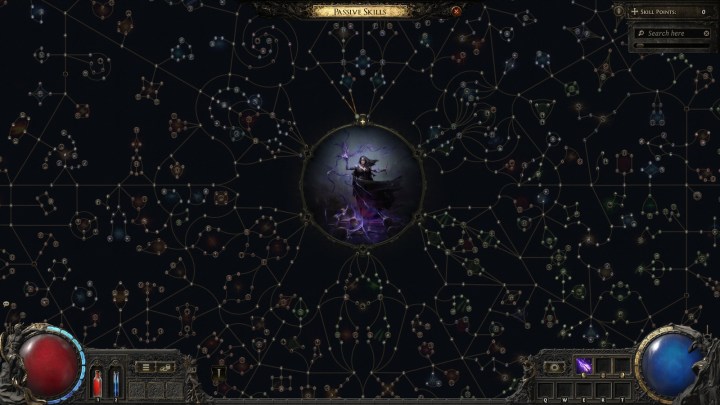 Witch skill tree in Path of Exile 2.The skill tree can seem daunting, but focus on one branch at a time.
Witch skill tree in Path of Exile 2.The skill tree can seem daunting, but focus on one branch at a time.
Don’t worry about making mistakes with passive skill allocation. After defeating Lachlann in the Mysterious Shade quest, you can respec your skill points by talking to The Hooded One for a gold fee. Experiment with different Skill Gems to unlock and upgrade various active skills. Trying new combinations can lead to powerful synergies and effective builds. Researching online builds can provide direction, especially for beginners. Start with a leveling build and avoid Hardcore mode until you’re comfortable with the game’s mechanics.
Exploration, Combat, and Inventory
Exploration and combat are central to Path of Exile 2. While quests provide structure, the expansive areas encourage exploration. Use the enlarged minimap (Tab key) for detailed navigation, as quest markers aren’t precise. Hidden caves and unexpected bosses await those who venture off the beaten path.
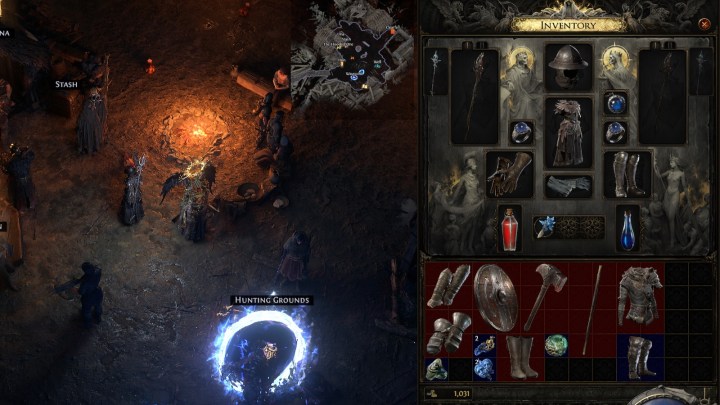 Inventory screen in Path of Exile 2.Effective inventory management is crucial for survival in Wraeclast.
Inventory screen in Path of Exile 2.Effective inventory management is crucial for survival in Wraeclast.
Efficient inventory management is essential. The limited space requires strategic organization. Utilize portals (hotbar button) to return to town, sell items, and access your stash. The game provides two weapon loadouts (X key) for quick switching between different skills and playstyles. Upgrade your flasks regularly for improved healing and mana regeneration.
Item Management: Selling vs. Dismantling
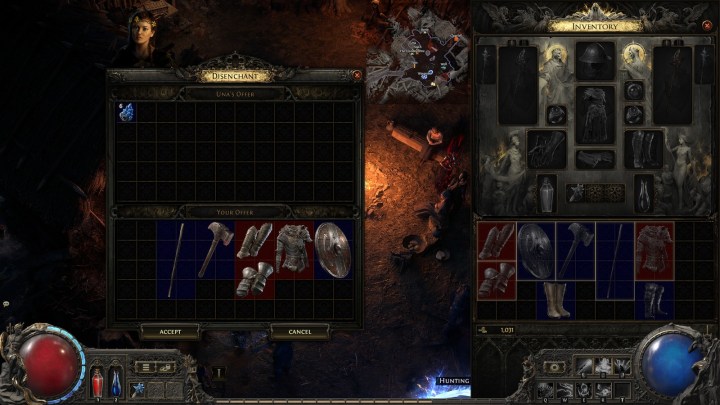 Dismantling items in Path of Exile 2.Dismantling unwanted items for orbs can be more beneficial than selling them.
Dismantling items in Path of Exile 2.Dismantling unwanted items for orbs can be more beneficial than selling them.
While selling items provides gold, dismantling them at Una (after a certain point in the game) yields orbs used for equipment upgrades and modifications. Prioritize dismantling for orbs and sell only what can’t be disenchanted.
Conquering Boss Battles
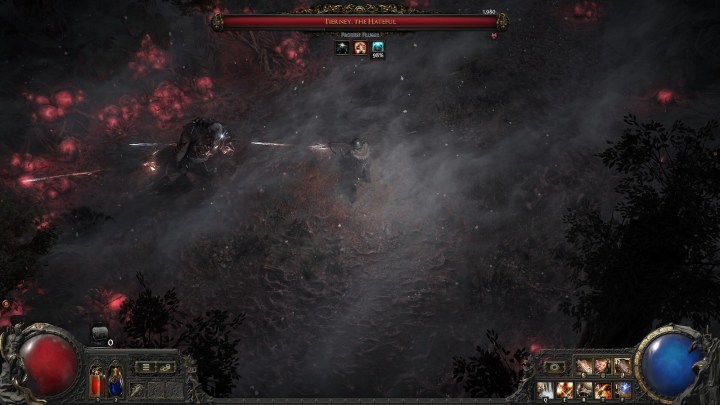 Boss fight in Path of Exile 2.Boss fights are challenging, but learning their attack patterns is key to victory.
Boss fight in Path of Exile 2.Boss fights are challenging, but learning their attack patterns is key to victory.
Boss fights are challenging. Death is a learning experience. Study attack patterns, adapt your strategies, and don’t be afraid to retreat and level up if needed. Check the world map (U key) for recommended boss levels.
Social Features: Co-op and Trading
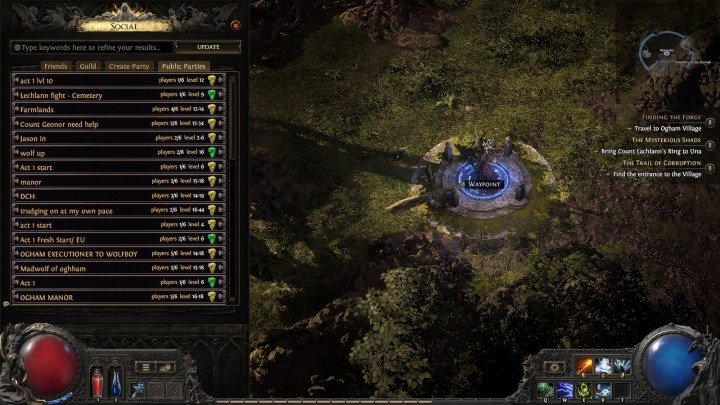 Social screen in Path of Exile 2.Team up with friends or trade with other players to enhance your experience.
Social screen in Path of Exile 2.Team up with friends or trade with other players to enhance your experience.
Path of Exile 2 supports local (two players) and online (up to six players) co-op. Invite friends via the social screen (J key). In co-op, enemies have increased health, loot is shared, and progression is tied to explored areas. Trading is available in-game (right-click and select “Trade”) and through the official trading website.
This guide provides a foundation for navigating the complexities of Path of Exile 2. Remember to experiment, adapt, and embrace the challenge. Wraeclast awaits.



